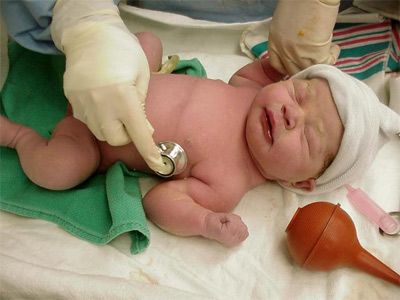The journey of the fetus through pregnancy is a complex and fascinating miracle that scientists have broken into three phases -- the three trimesters that represent a nine-month pregnancy. The fetus metamorphoses from an embryo of multiplying cells into a being with organs and muscles that is ready for life outside the womb. Read about the journey of the fetus here:
- How a Fetus Develops in the First Trimester During the first trimester the initial cell multiplies, and organs grow visible even before the embryo becomes a fetus. The head grows disproportionately large and the tiny heart begins to beat. The fetus is two to three inches long and weighs less than one ounce by the end of the third month, at which point it begins to make breathing movements, and the intestinal and skeletal muscles begin to work and respond to local pressure.
- How a Fetus Develops in the Second Trimester The second trimester is a time for the maturation of the organs, which are already present, but the baby is not yet able to live outside the mother's body. By the sixth month fine hair covers the body and the mother can feel the baby's movement.
- How a Fetus Develops in the Third Trimester The final three months are devoted to growth, and the ninth month to independent existence. The longer the baby remains in the womb during the third trimester, the greater their chance of surviving birth. By this time the fetus is usually 20 to 22 inches long and weighs seven to eight pounds.
This information is solely for informational purposes. IT IS NOT INTENDED TO PROVIDE MEDICAL ADVICE. Neither the Editors of Consumer Guide (R), Publications International, Ltd., the author nor publisher take responsibility for any possible consequences from any treatment, procedure, exercise, dietary modification, action or application of medication which results from reading or following the information contained in this information. The publication of this information does not constitute the practice of medicine, and this information does not replace the advice of your physician or other health care provider. Before undertaking any course of treatment, the reader must seek the advice of their physician or other health care provider.
Advertisement



